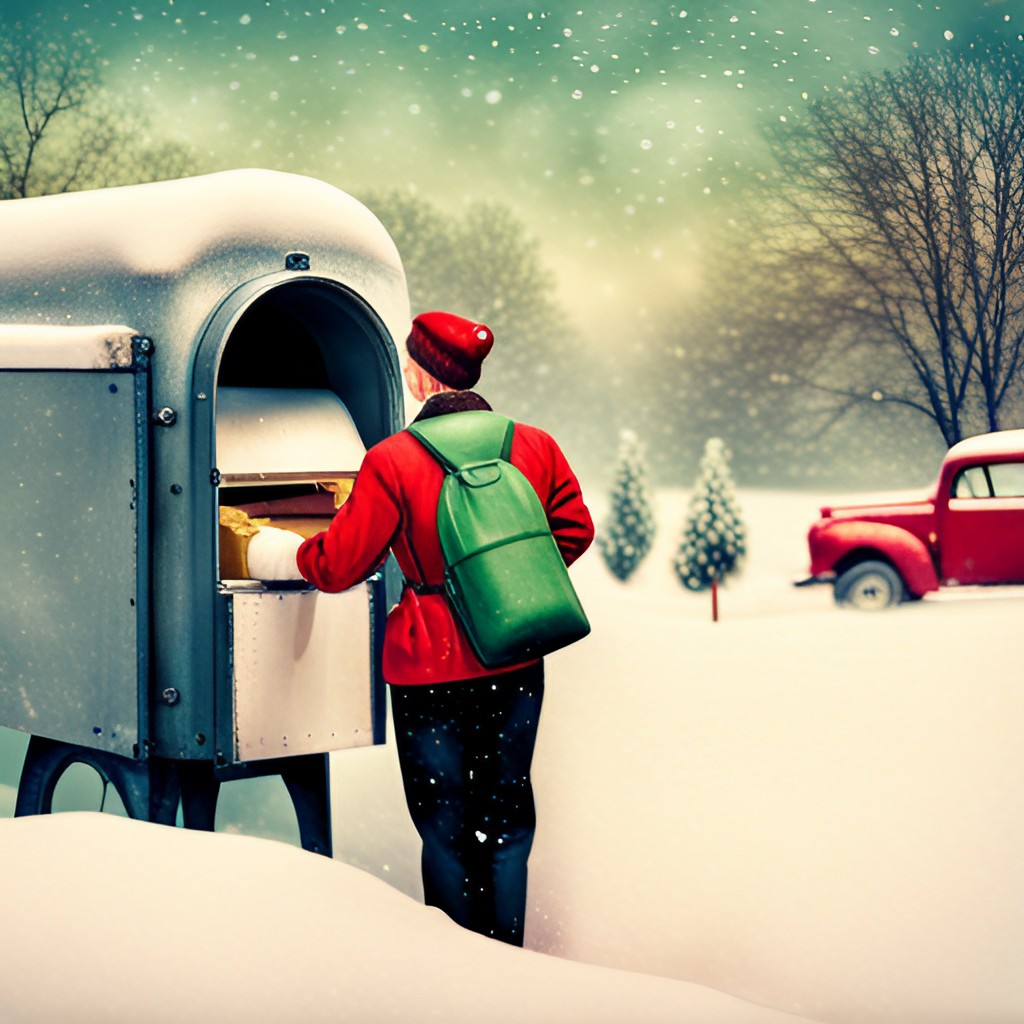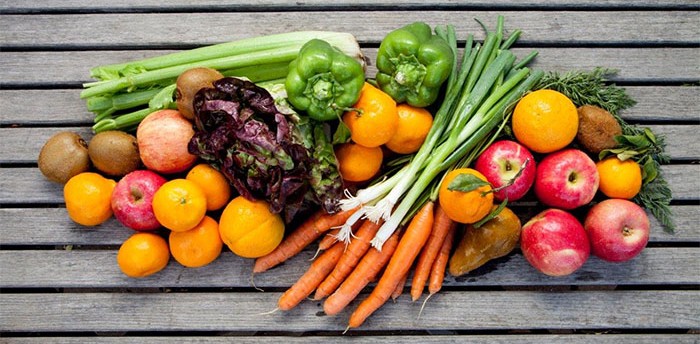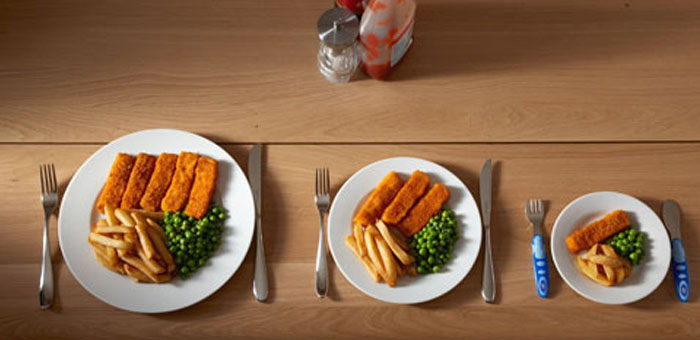If you’re roasting a chicken, preheating the oven is a no-brainer. It’s usually the first step listed in a recipe and cooks of all skill levels seem to grasp the fact that a hot oven is required to cook the food. Unfortunately, the cold pan concept is often lost in translation when applied to stove top cooking.
Avoid Cold Pan Syndrome
For many cooking novices, unless a recipe gives you specific instruction to do otherwise, give your cold pan a little time to heat up before adding any food. Heat encourages food to release whatever moisture they have stored inside. Adding food to a pan that’s hot will create an instant seal around the food that will help keep all the moisture (and flavor) inside.
In a warm or cold pan, your food will lose its moisture and you’ll find your chicken breast or whatever else stewing in their own juices. Not good. A hot pan should give you a glorious sizzle when you add food it. If you don’t hear the sizzle, don’t be afraid to pull the food out while you wait for the temperature to rise.
At the same time, be careful not to overheat your pan. If your pan starts to smoke simply remove it from the heat immediately and let it cool down. With a pan that’s too hot you run the risk of fire, breaking down any oil you’re cooking with, which can give foods an unpleasant taste; and, well, burning your food.
This brings about the question – how do I know if my pan’s hot enough? Over time, you’ll just know. Until then, here are a couple of tips to help you gauge your pan’s temperature. You may have seen a chef or two place their open hand over a pan before cooking. This is one method of testing a pan’s temperature. A hot pan will produce enough heat that you’ll be able to feel it when you place your hand 2 or 3 inches above. Some suggest sprinkling a few drops of water as a test. In a hot pan, the water will sizzle and evaporate instantly. Just be sure not to try this if you’ve added oil to your pan. Oil and water really don’t mix and could cause the oil to splatter and cause a nasty burn.
Do you have any additional culinary tips or hacks? We’d love to hear from you. You can share your thoughts in the comment section below or on social media. Facebook | Twitter




